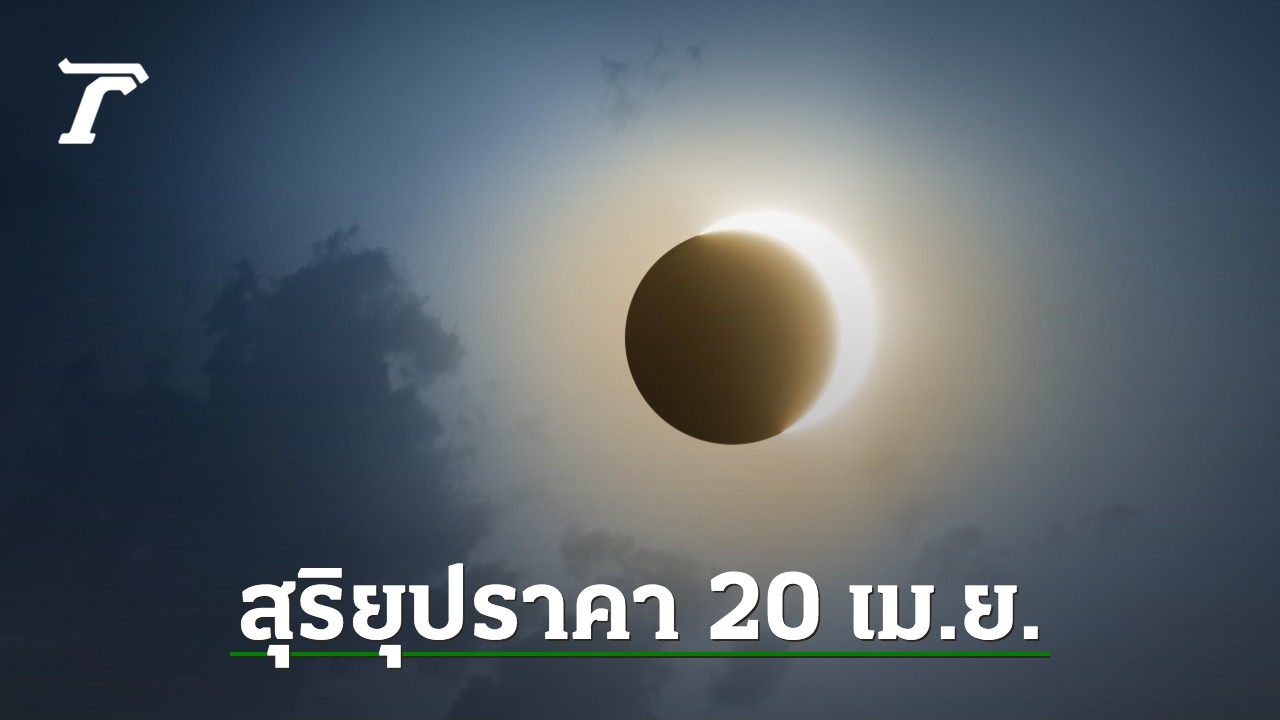On the morning of April 20, 2023, Dr. Dr. invited to see the partial solar eclipse phenomenon, a mixed type over the sky of Thailand. which can be observed in some areas in the south, northeast and east
On April 18, 2023, the National Astronomical Research Institute stated that on April 20 there will be a phenomenon. partial solar eclipse over the sky of Thailand which can be observed in some areas in the south, northeast and east
The “Partial Solar Eclipse Above the Sky of Thailand” will occur in the morning of April 20 from about 10.22 – 11.43 hrs. It is a mixed solar eclipse. Two types of solar eclipses occur at once: an annular eclipse and an annular eclipse. and total solar eclipse Because the Earth has a curved surface Causing each location on Earth to have a different distance to the moon An observer far from the Moon will see an annular solar eclipse. An observer closer to the moon will see a total eclipse.
which during the solar eclipse The highest eclipse was in the southern part of Narathiwat at only 4% and was observed only in some areas, namely 9 southern provinces (Narathiwat, Yala, Pattani, Satun, Songkhla, Phatthalung, Trang, Nakhon Si Thammarat, Krabi) and some parts of Trat, Ubon Ratchathani and Si Sa Ket in each area. The sun is most obscured unequally. and the occurrence of this eclipse The Sun will be eclipsed by the Moon for a maximum of 1 minute and 16 seconds.
However, it is advisable to watch through a light filter device. Do not look at it with the naked eye, sunglasses, X-ray films or CDs, as sunlight can penetrate and damage optic nerves, leading to blindness.
It should be observed through a dedicated device. with safe light filtering properties, such as sun glasses made of black polymer filter Aluminum mylar filter Filter glass for welding mask No. 14 or larger and indirect sun observation devices such as viewing the sun’s shadow through a screen. or use the principle of a pinhole camera
The DR. has prepared to set up an observation point. At the Chaloem Phrakiat Observatory, Songkhla and broadcast live via Facebook, National Astronomical Research Institute (NARITpage)


